1. Leaving Kids in the Car While Running Errands
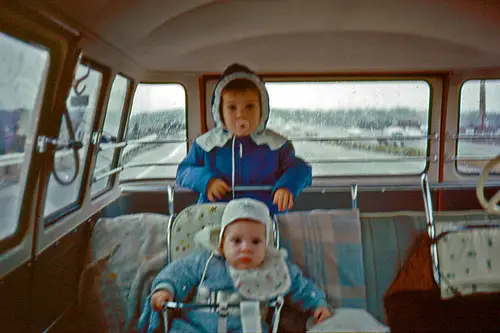
In the ’70s, it wasn’t uncommon for parents to leave their kids in the car while they ran errands, especially if it was just for a few minutes. Many saw it as a simple and harmless way to get things done without dragging the kids inside. The car might have been parked right in front of the store, with the windows cracked just a little. Of course, parents figured they’d be back before anything could go wrong says Parent.co.
Fast forward to today, and leaving a child unattended in a car, even for a short time, is widely considered reckless and dangerous. The risks are clear: hot cars can quickly become ovens, even on mild days, and kids can get into trouble in a matter of seconds. Today’s parents are much more vigilant about their kids’ safety in situations like this. The growing awareness of child safety and legal ramifications has made this once-common practice a no-go adds Medium.
2. Car Seats? What Car Seats?
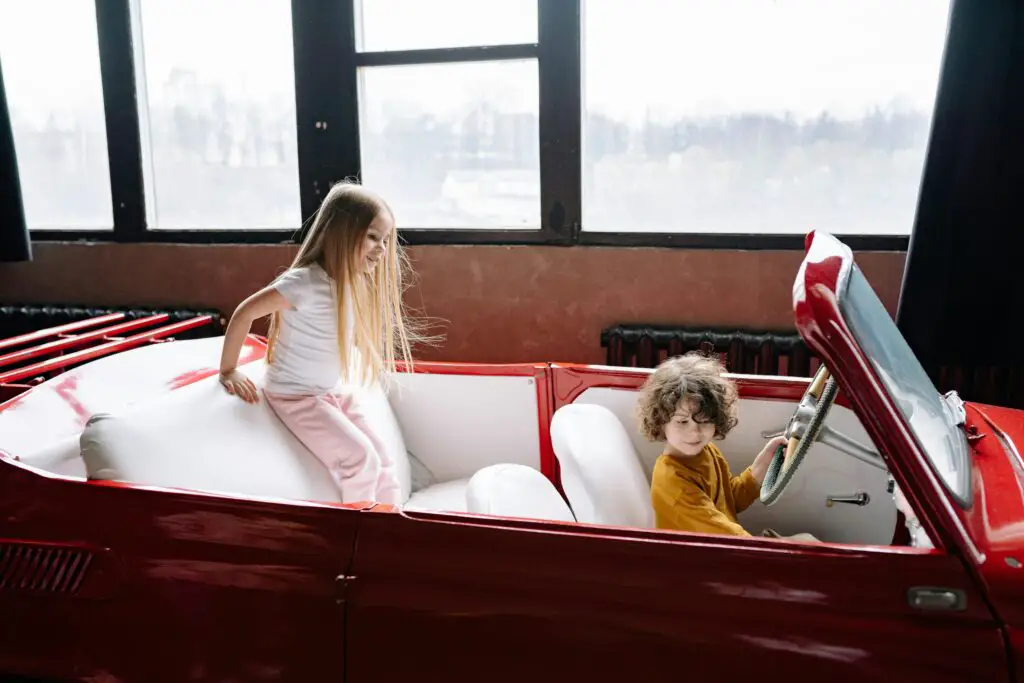
In the ’70s, the concept of a car seat as we know it today was pretty new, and many parents simply didn’t use them. Kids were often buckled into the front seat, or sometimes even just sitting on their parents’ laps. While some parents may have used booster seats or simple restraints, many saw seat belts as “good enough” for the little ones shares SheKnows.
In the modern world, it’s almost unthinkable to let a child ride in a car without being properly secured in a car seat or booster. Car seat safety standards have been dramatically improved, and laws now require them to be used. Parents are much more educated about the importance of keeping children in the safest position possible, which is far removed from the ’70s approach to road trips adds Romper.
3. Smoking Around the Kids

Smoking was a lot more common in the ’70s, and it wasn’t considered unusual for parents to light up indoors, even when their kids were around. Many homes were filled with smoke, and parents would often enjoy a cigarette while cooking, watching TV, or relaxing with friends. It wasn’t a thought that secondhand smoke could harm children, and even if it was, the risks weren’t as widely known.
Today, there’s a strong emphasis on creating smoke-free environments for kids. Parents understand that secondhand smoke can lead to respiratory problems, developmental issues, and even sudden infant death syndrome (SIDS). Nowadays, most public places, homes, and cars are smoke-free zones when kids are present. The cultural shift toward prioritizing children’s health has made this behavior completely unacceptable.
4. No Helmets on Bicycles
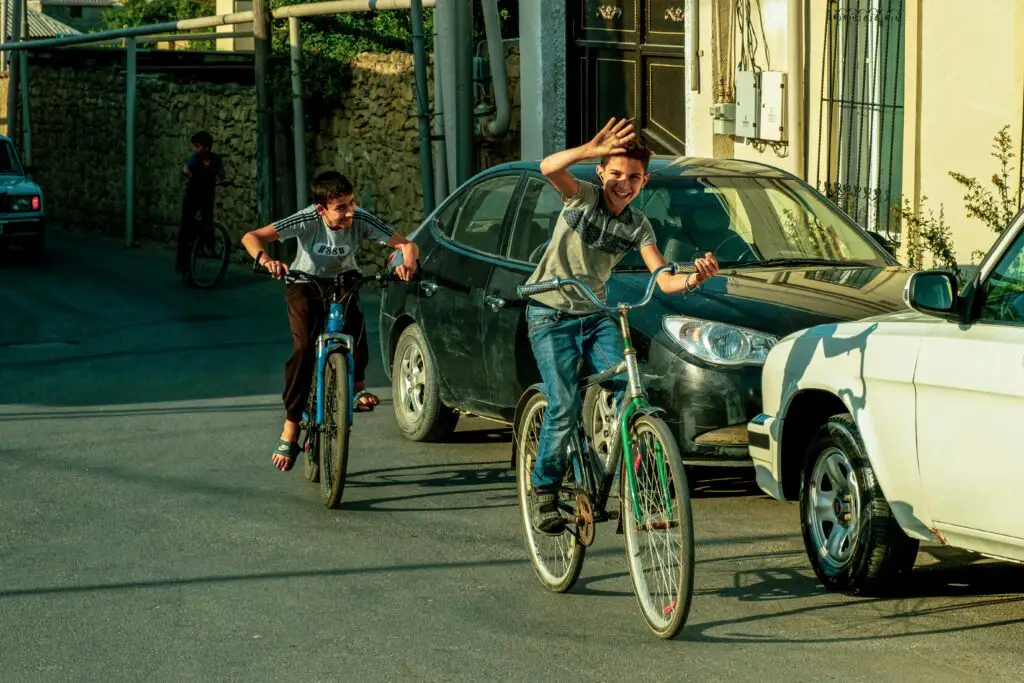
The ’70s were the golden days of freedom on two wheels. Kids would race down the street, often without helmets or any kind of protective gear. It was a time when kids were expected to tough it out, and accidents were just part of growing up. Biking felt like a rite of passage, and the risks didn’t seem to matter much to parents.
In today’s world, helmets are a non-negotiable part of cycling safety. Most parents would never dream of letting their kids ride without one, knowing the risks of head injuries and accidents. Cycling gear has also evolved, with other protective equipment like knee pads and elbow pads now being standard for younger riders. The ’70s mentality of “let them fall and get back up” has been replaced by a more cautious, preventative approach.
5. Playing Outside Alone for Hours
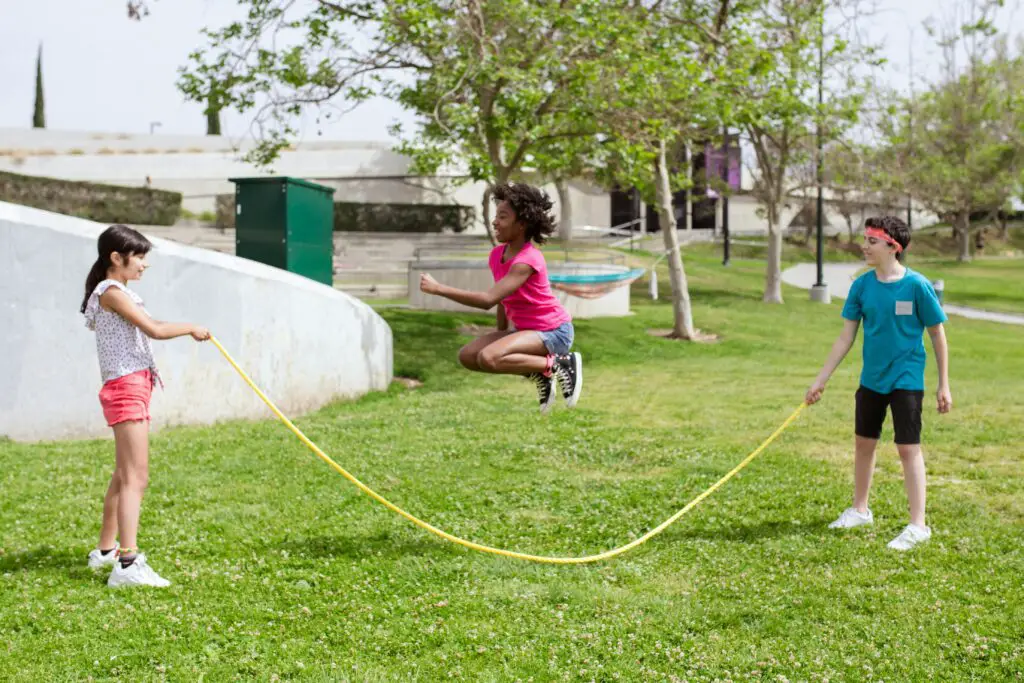
Back in the ’70s, many parents felt that giving kids the freedom to play outside unsupervised was a good way to foster independence. Kids were often left to roam the neighborhood, riding bikes, playing in parks, or hanging out with friends. As long as they were home by dinner, no one worried too much about where they were or who they were with.
Fast forward to today, and leaving kids outside without supervision is seen as irresponsible and potentially dangerous. With concerns about stranger danger, traffic, and environmental hazards, parents are far more cautious about letting their kids wander off alone. Today’s kids are more likely to be accompanied by an adult or a trusted friend when they venture out. The idea of unsupervised outdoor play has been replaced by a more controlled approach to safety.
6. Ignoring Sunscreen
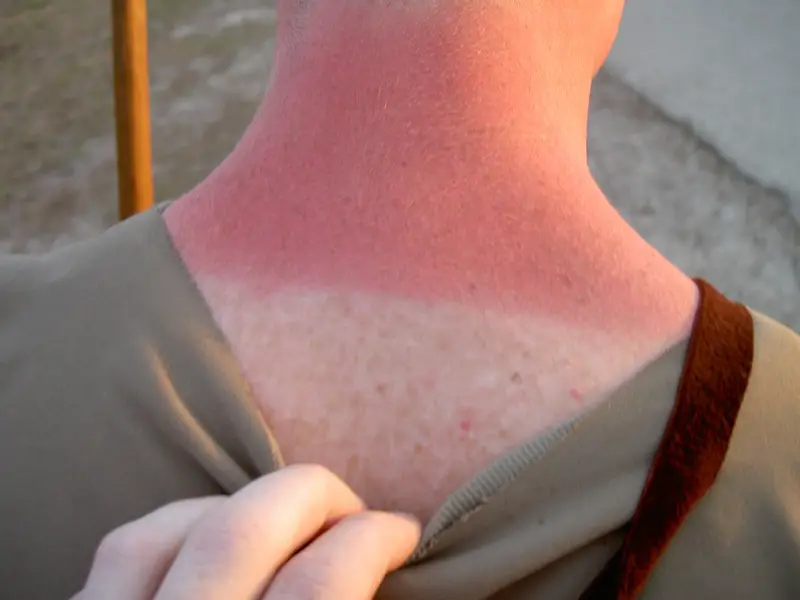
In the ’70s, sunscreen was available, but it wasn’t the go-to product it is today. Parents would often take their kids to the beach or on outdoor adventures without giving a second thought to sun protection. The dangers of sun exposure and skin cancer were not as well understood, and many kids spent hours playing in the sun without any SPF in sight.
Now, sunscreen is a must-have for any outdoor activity, and parents are diligent about applying it before their kids go outside. Research has shown how damaging UV rays can be, and parents have become more proactive about protecting their kids from long-term skin damage. Sunscreen is now as routine as wearing a hat or sunglasses, making sure that kids stay safe while they enjoy the sun.
7. Baby on the Front Seat with No Car Seat
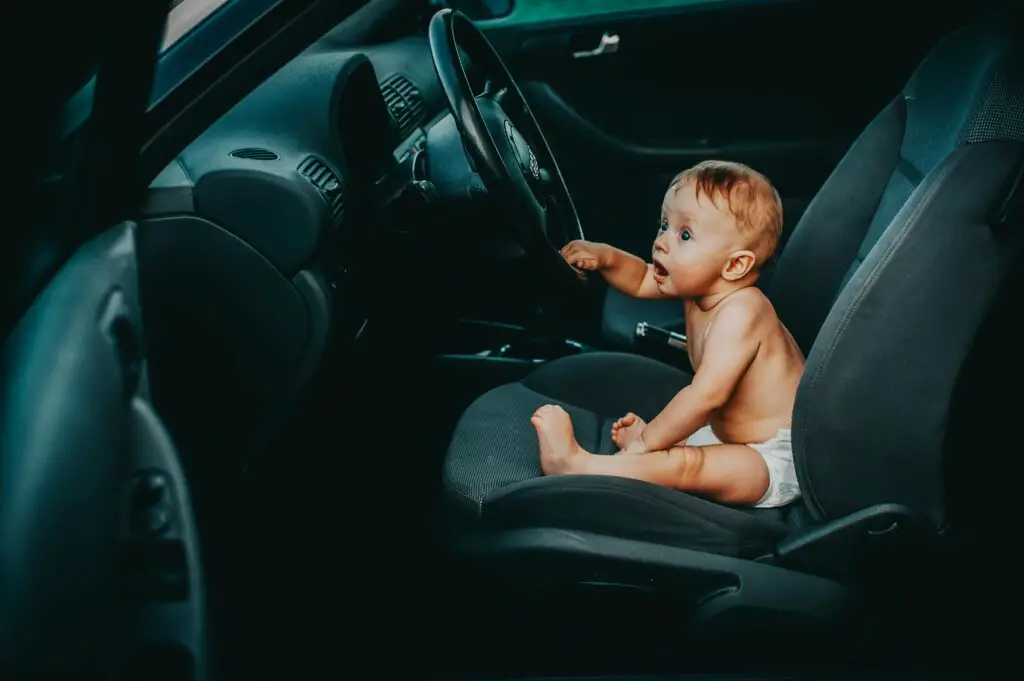
In the ’70s, many parents would simply place their babies in the front seat of the car, often on the passenger side. There wasn’t much thought given to child safety in the car, and the practice seemed harmless as long as the baby was strapped in with a regular seatbelt. Car seats were not as advanced or widely used, and the idea of a baby riding in the front seat didn’t raise eyebrows at the time.
Today, it’s considered incredibly unsafe to place a child in the front seat, especially in a car without a car seat. Airbags are now standard in most vehicles, and they can pose serious dangers to children riding up front. Parents are now much more cautious about the safety of their little ones while driving, and rear-facing car seats have become a legal requirement for infants. This change in practice reflects a heightened awareness of how vital proper safety is for young children.
8. Feeding Kids Fast Food for Every Meal
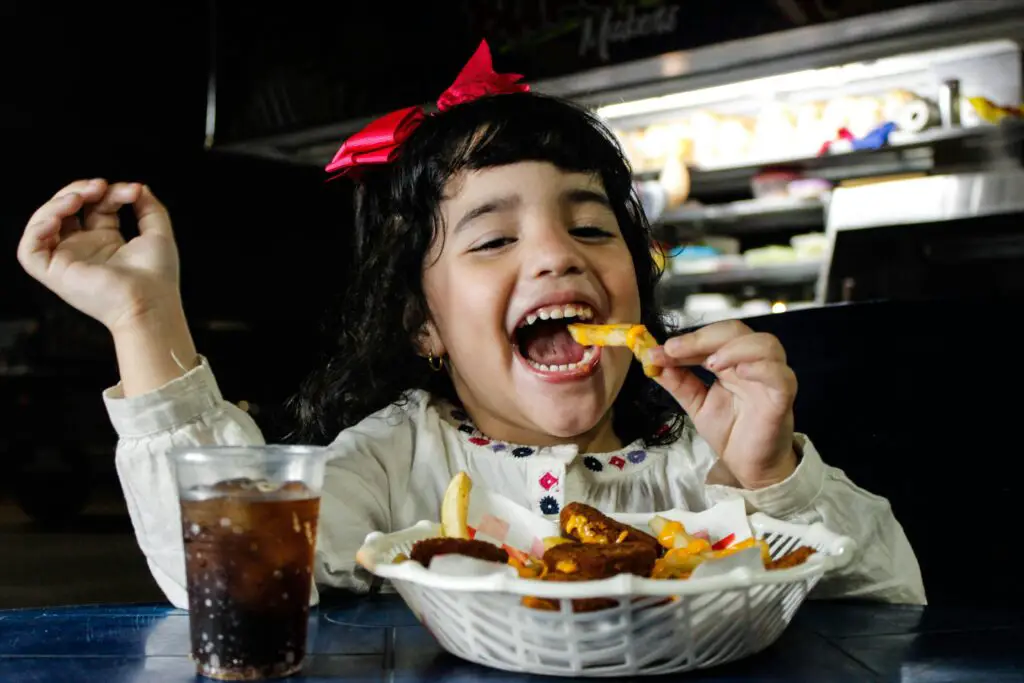
In the ’70s, fast food chains started to become a staple in family diets. With their convenience and affordability, parents would often take their kids to places like McDonald’s or Burger King for quick meals, sometimes multiple times a week. Fast food wasn’t viewed as unhealthy in the way it is today; it was just another option for busy families.
Now, feeding kids fast food every day is generally considered unhealthy and even reckless. Parents are more aware of the long-term effects of poor nutrition, such as obesity, diabetes, and other health problems. Fast food is now seen as an occasional treat rather than an everyday meal. The modern approach to feeding kids emphasizes balanced, nutritious meals with an eye on both physical health and overall wellness.
9. Drinking and Driving
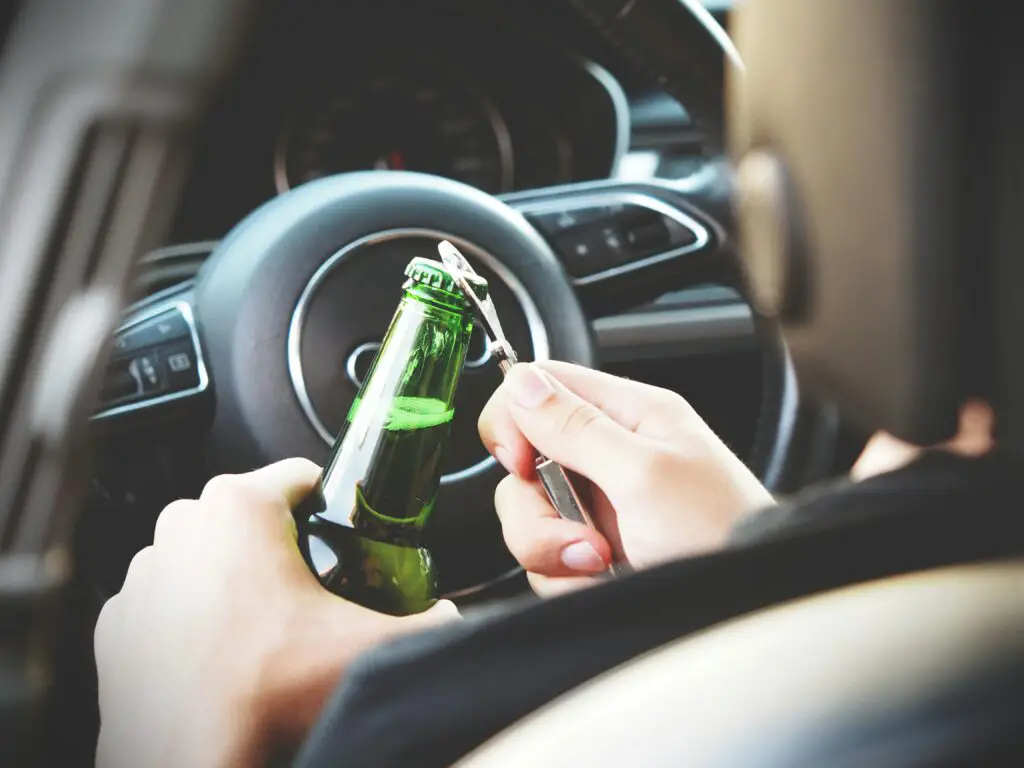
In the ’70s, drinking and driving was far more socially acceptable than it is now. It wasn’t uncommon for parents to drive home after a few drinks, with little regard for the dangers of driving under the influence. The concept of designated drivers was not widespread, and many people simply relied on their own judgment to decide when they had enough to drink.
Today, drinking and driving is widely condemned, with strict laws and social awareness surrounding the issue. Parents now know the serious risks of impaired driving and the devastating consequences it can have, not just for themselves but for others on the road. Uber, Lyft, and other ride-sharing services have made it easier for everyone to get home safely without risking a DUI. The cultural shift around this behavior reflects a more cautious and responsible approach to alcohol consumption.
10. Letting Kids Play with Matches

Matches were often found in households without a second thought back in the ’70s. Parents would sometimes let their kids play with matches, especially if they were curious or wanted to start a fire for fun. It wasn’t uncommon for kids to experiment with lighting candles, starting small fires in the backyard, or just seeing what would happen. Fire safety wasn’t as heavily emphasized, and kids were often left to their own devices.
Today, playing with matches is seen as extremely dangerous and reckless. Parents are much more cautious about where they store items like matches and lighters, keeping them out of reach of curious little hands. Fire safety education is a major priority, and kids are taught early on about the dangers of fire. The risk of burns, injuries, or even house fires makes the ’70s attitude toward matches unthinkable in today’s world.
11. Ignoring Bike Safety Gear
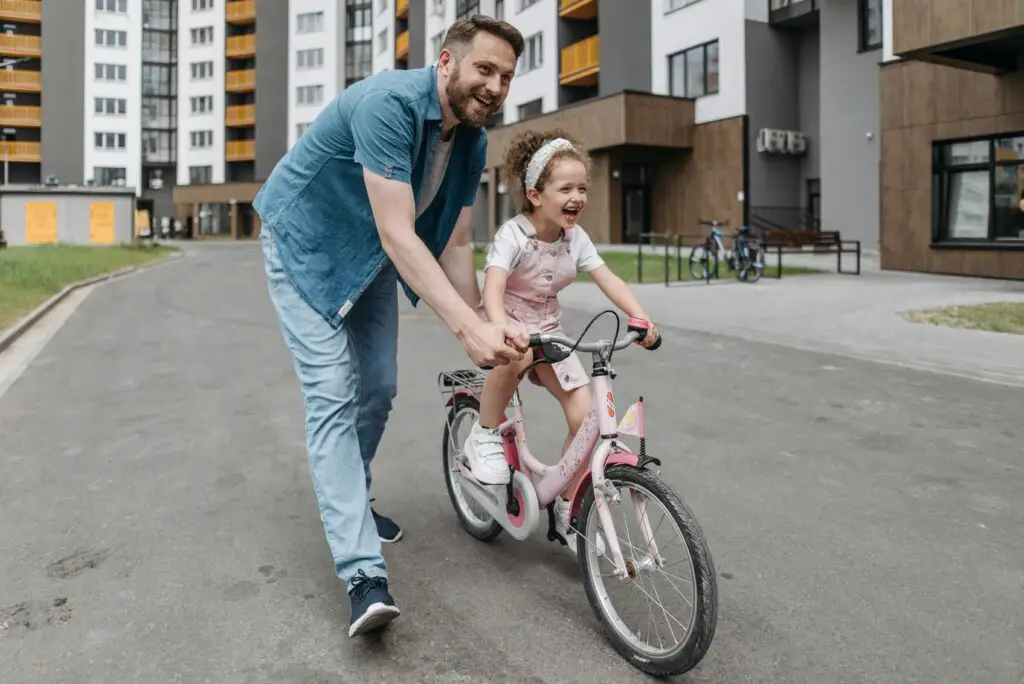
While helmets may have been rare for most kids, protective gear for biking was often nonexistent in the ’70s. Pads and guards were seen as unnecessary, and the thrill of the ride was more important than safety. Kids would often ride around without elbow or knee pads, trusting that they wouldn’t fall or get hurt. If an accident happened, it was just part of the experience.
Nowadays, bike safety gear is standard for kids. Parents make sure their children wear helmets, elbow pads, and knee pads to prevent injuries from falls. The risks of accidents are now well understood, and the protective gear is seen as a necessary safeguard. With more accidents happening, it’s clear that parents take far more precautions when their kids hit the pavement on two wheels today than they did back in the ’70s.
12. Allowing Kids to Play with Fireworks
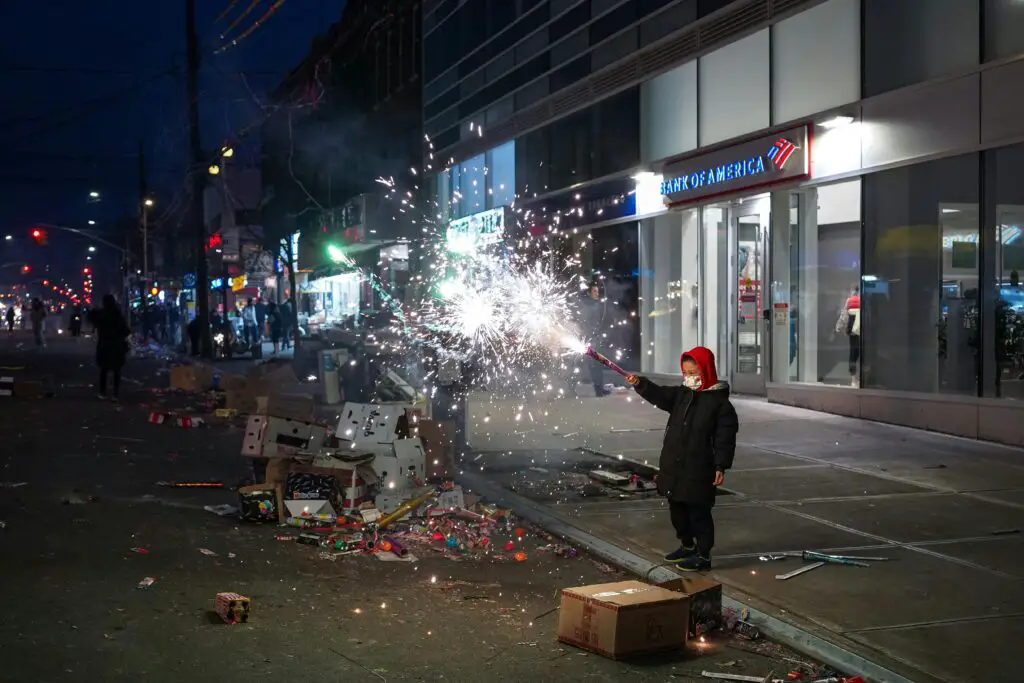
Fireworks were seen as a fun and festive part of summer celebrations in the ’70s, and many kids were given sparklers or small fireworks to play with. Parents often didn’t think twice about letting their children light them up, especially if they were supervised. While safety precautions might have been in place, accidents were still fairly common, and it wasn’t unusual for kids to get burned or injured.
These days, fireworks are treated with much more caution. Parents now understand how dangerous fireworks can be for children, even with adult supervision. The potential for burns, eye injuries, or worse has led to more regulations surrounding fireworks. Many parents choose to attend professional firework shows rather than letting their kids handle them directly.
13. No Seatbelts for Kids in the Backseat
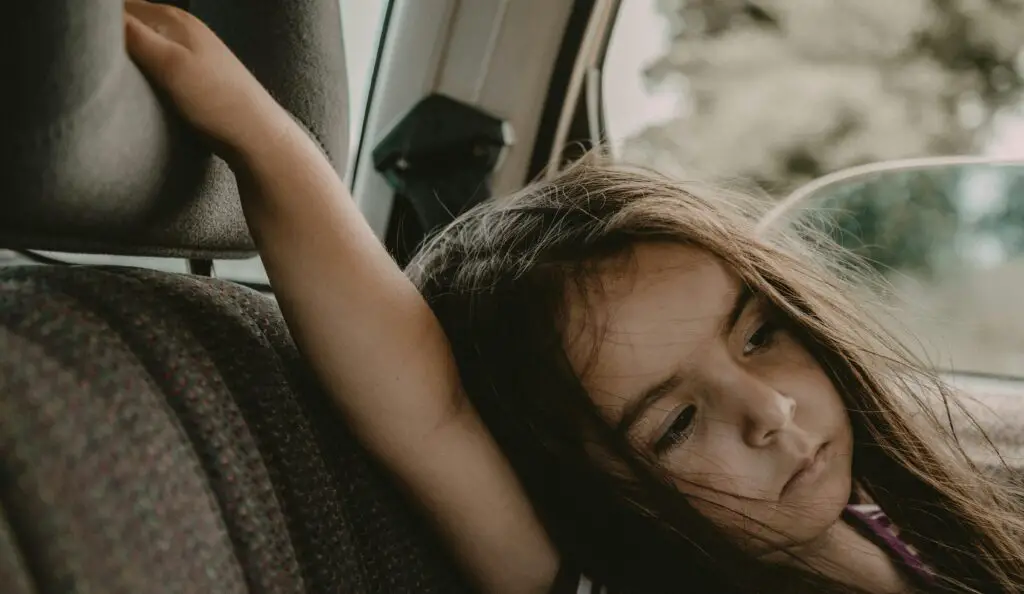
It wasn’t uncommon for kids to ride in the backseat of a car with no seatbelt in the ’70s. Some cars didn’t even have seatbelt regulations for backseat passengers, so kids would often be tossed around in the back while parents focused on the road ahead. Seatbelts were seen as optional, and many didn’t understand just how essential they were for protecting children in the event of an accident.
Today, no parent would think of allowing their kids to ride without a seatbelt, especially in the backseat. Car safety standards now require that all passengers, including children, be safely secured in seatbelts or car seats. The importance of seatbelt use in preventing injury during accidents has become widely understood, and it’s rare to see a car on the road with unrestrained children in the back. The shift reflects a growing awareness of child safety in vehicles.
